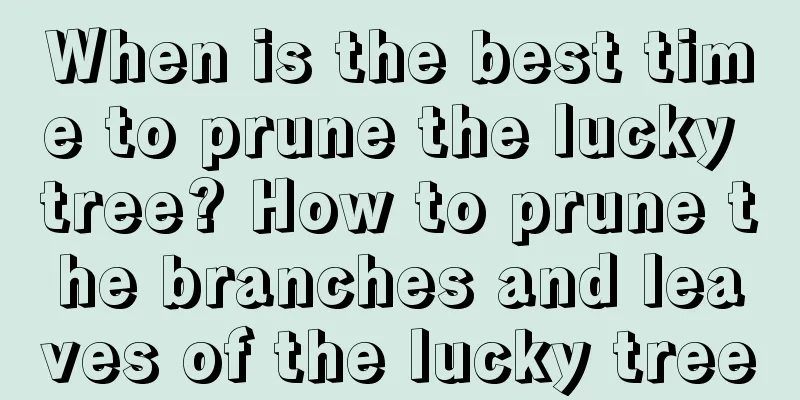A collection of flower arrangement techniques (I)

Clamp fixation methodWhen inserting flower branches into a vase, they may move or become out of place. There are two ways to solve this problem. One is to use the horizontal branch clamping method, where a small cut is made vertically at the end of the branch used as the flower arrangement material, and a small branch is clamped in. The flower branch and small branch are inserted into the vase in a cross shape. The second is to use the straight branch clamping method. The clamped branches are longitudinal, and the attached branches are determined according to the depth of the vase. The upper part of the attached branch only needs to be able to tie the flower branch, and it doesn't need to be too long. The other end should be long enough to reach the bottom of the vase. Branch fixing methodHarder branches are not easy to bend, such as loquat and pine. Some flowers have defects in shape or are not easy to fix, and are not suitable for binding with wire. At this time, the branch breaking and fixing method can be used. As the name suggests, the branch fixing method is to break a certain part of the flower branch, but it is best not to break it and have a little elasticity. If the branch still bounces back to its original position after being folded, you can put small stones or small wooden blocks at the fold to prevent it from resetting. Incisional fixationGenerally, an incision is made at the base, and several cuts are made longitudinally at the incision so that the flower branch can be smoothly inserted into the vase base. This not only makes it easier to fix the flower branches, but also expands the wound surface to help the flower branches absorb water. Flower socket joint methodThe size of flower sockets is very limited, and sometimes several flower sockets are needed to make a large flower arrangement. At this time, you can use small branches to nail them horizontally, so that you can insert more flowers and strengthen the base. Flower plug inverted methodWhen arranging flowers, you may encounter the situation where the branches are heavy and the flower sockets are light, causing them to fall over. At this time, you can turn the flower socket upside down on one side to increase gravity. |
<<: People who love flowers, don’t look at these flowers, you will be poisoned!
>>: A collection of flower arrangement techniques (Part 2)
Recommend
Succulent pennywort...cut it quickly after it blooms, otherwise it will die immediately!
Cut the succulents off immediately after they blo...
Rubber tree cutting method
Cutting time Rubber tree cuttings should be taken...
When is the best time to sow white chrysanthemum
Suitable time for sowing white chrysanthemum Whit...
What kind of fertilizer is good for water spinach?
Water spinach is a common vegetable, which is sui...
What is the best season to plant kumquat?
Kumquat planting season and time The planting tim...
Coral Pagoda Breeding Methods and Precautions
1. Soil The soil for cultivating coral reef is ge...
What should I do if Huayuejin grows too tall?
Causes of the growth of Huayuejin Insufficient li...
When is the best time to propagate Christmas cactus by cuttings (tips to increase the survival rate of cuttings)
In fact, the best time for Christmas cactus cutti...
The efficacy and function of peony, pictures of peony
1. The efficacy of peony Relieve dysmenorrhea: Co...
How many pounds of watermelon can be produced per acre?
Watermelon yield per mu Watermelon is a fruit gro...
Cultivation methods and precautions of pomegranate flowers
Farming methods plant Pomegranates can be planted...
Disease prevention and control of fortune tree
Root rot symptom Root rot is a common disease tha...
How to pot bamboo orchid
1. Potting time March to April in spring or Octob...
What should I do if the new leaves of Monstera keep curling up?
1. Reduce light Reason: The new leaves of Monster...
Disease and Pest Control of Primula oleracea
Mosaic This disease will harm the entire plant. I...









